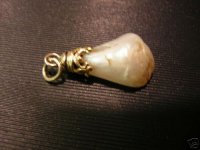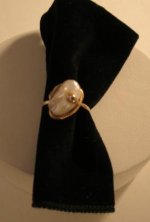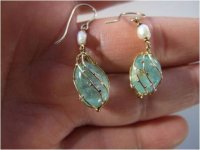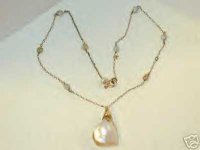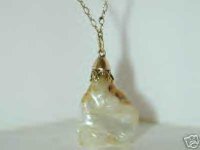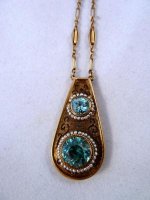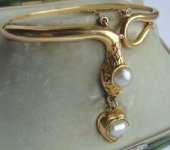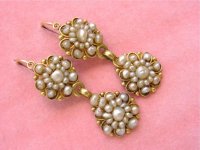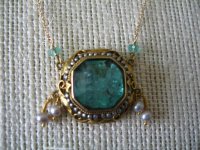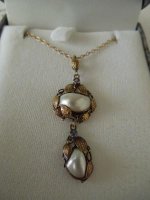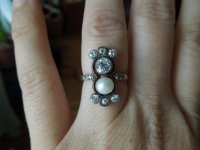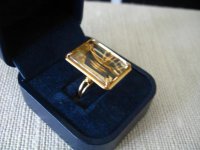Your collection is extraordinary. A delightful mix of natural seed, button, baroque and round pearls mounted in Victorian or folk art pieces. Solitaire, clustered and mixed with other precious or semi-precious gems. I'm also presuming a mix of fresh and salt water origins.
I agree with the previous posters on evaluation. Irrespective of a dollar figure, it's really important to factor in replacement. While substitution is an option, replication isn't for most of these pieces, afterall natural pearls and their settings are often one of a kind offerings. This qualifies them as antiquities and as Blaire suggested, requires a special rider from your insurance company. Likewise, she suggested it's very costly to produce the documentation.
You are grad student on a budget... perfect! I'm certain you are both frugal and information resourceful. Here is what I suggest you do in the interim. Start with a photographic array. A high quality portfolio. Use a high quality camera, lightbox and macro mode. Place each piece individually on lined graph paper of known dimensions. Take shots of the front, back and all sides in full frame. Obtain clear photos of any hallmarks and manufacturing details such as solder joints, split rings, carvings or castings. Leave no stone unturned (no pun intended) when it comes to clearly depicting every pearl or gem in these settings. This is important, because replacement may only involve a single pearl from a single piece, as opposed to total loss.
Natural pearls hold up much better than cultured pearls in safety deposit boxes over time. They are less likely to crack, peel or dry out because of their thickness and structure. I've been storing them since the early eighties and have experienced no significant changes.
Next, you would do well to research the origin of these to the best of your family's knowledge and history. Without sounding like one of your professors, you need to write an essay in great detail, outlining the motives, inspirations and sources for your parentage's history aquiring this collection. Timelines, conferences, expeditions etc. undertaken by your folks might contribute details to your research. Factually presented, this would greatly assist your underwriter in a premium assessment.
Lastly, detail species and origin. Without beholding these pieces through my loupe, I am assuming several of the pieces to be British Indian in origin, likely with Gulf or Indonesian pearls and some from American freshwater mussels.
Your collection is terrific and I thank you for sharing it with us.
 Thanks so much and happy pearling!
Thanks so much and happy pearling!